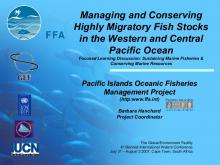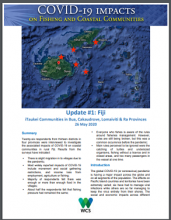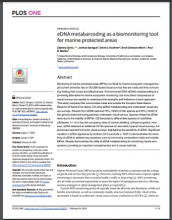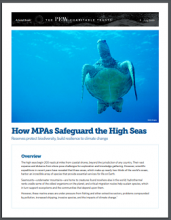
A collection of resources to assist marine planning processes.
Ecologically or Biologically Significant Marine Areas (EBSAs) and Commercial Activities
- Deep Sea Mining contract areas in ABNJ
- Purse seiner pollution observer incidents across region
- Regional fishing vessel density
- Purse seiner pollution observer incidents and purse seiner vessel density






























































